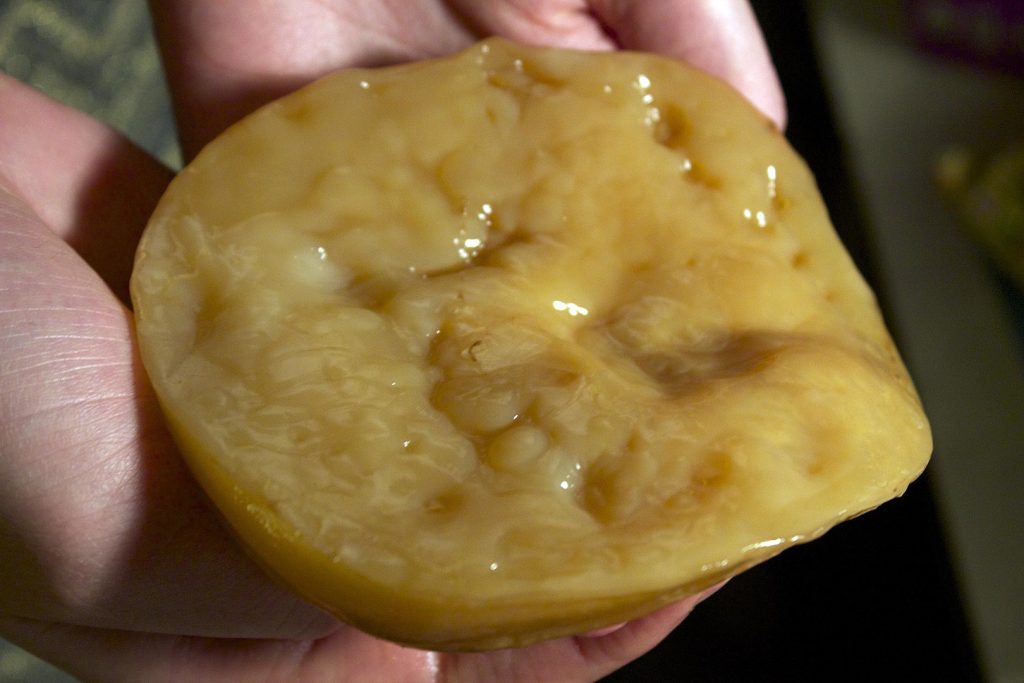Kombucha Facts

- 01Kombucha usually contains only 0.5% of its volume in alcohol.
- 02Regular kombucha can only have a maximum alcohol content of 1 proof in the USA.
- 03Kombucha SCOBYs come in 4 different types.
- 04For the average person, the recommended intake of kombucha is two 8-ounce (240-ml) servings a day.
- 05Sales of the drink amount to around $700 million a year in the US alone.
The name kombucha is actually a Japanese word.
In the Japanese language, kombucha actually refers to kelp tea. However, scholars believe that Westerners generally applied the Japanese word to all kinds of fermented tea, regardless of their ingredients. Meanwhile, others believe that the misapplication comes from how the jelly used in making kombucha looks like seaweed.
Kombucha also refers to the yeast and bacteria culture used to make the drink.
Kombucha brewers usually call it the ‘mother,’ though scientists call it Scientific Culture of Bacteria and Yeast (SCOBY). Many different species of bacteria and yeast make up the SCOBY, some of which also help make vinegar. The bacteria and yeast work together to break down sugar into a mix of alcohol and weak acids that give kombucha its distinct flavor and properties.
Simple sugar water makes up the base for kombucha.
Both commercial and home brewers boil the water first before adding the sugar. The water must not contain chlorine or disinfectants of any kind, as it would kill the SCOBY and prevent it from making kombucha. The brewers would then steep tea leaves in the hot water after the sugar has dissolved.
Once they have the proper flavor for the tea, the brewers remove the leaves and then cool the tea before adding the SCOBY.
Brewers usually choose green or oolong tea leaves for kombucha.
Historically speaking, these tea leaves are kombucha’s traditional ingredients. Scientifically, other tea leaves would also trigger side-effects with the SCOBY that could ruin the whole brew. Thus, brewers at home or in commercial plants don’t usually make kombucha with anything other than green or oolong tea leaves.
SCOBY takes time to produce kombucha.
Typically, it takes between 10 to 14 days to finish brewing kombucha. When a second SCOBY forms under the first one, brewers have to watch out for mold. Once they achieve the flavor that they want, brewers would remove the SCOBY and chill the nearly-finished kombucha for a few more days. This allows the flavor to settle, and grow stronger from the leftover yeast and bacteria in the liquid.
